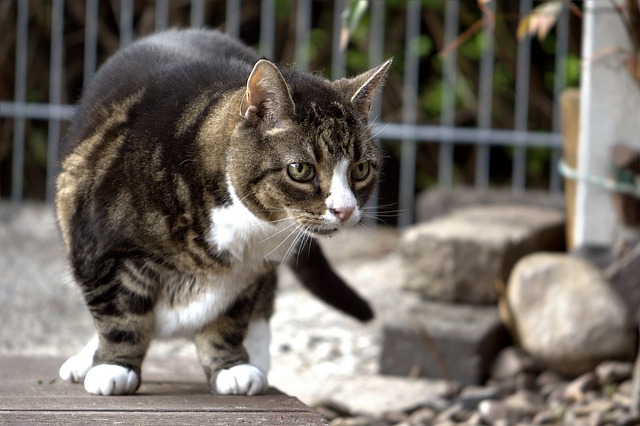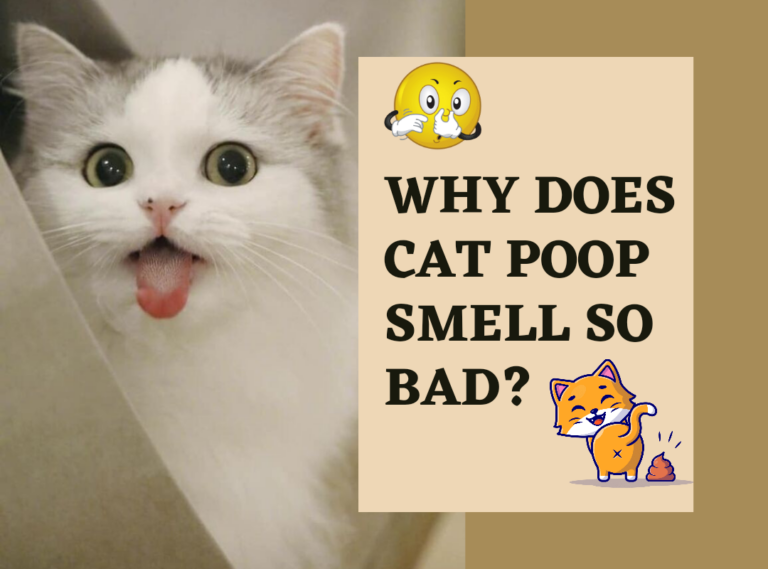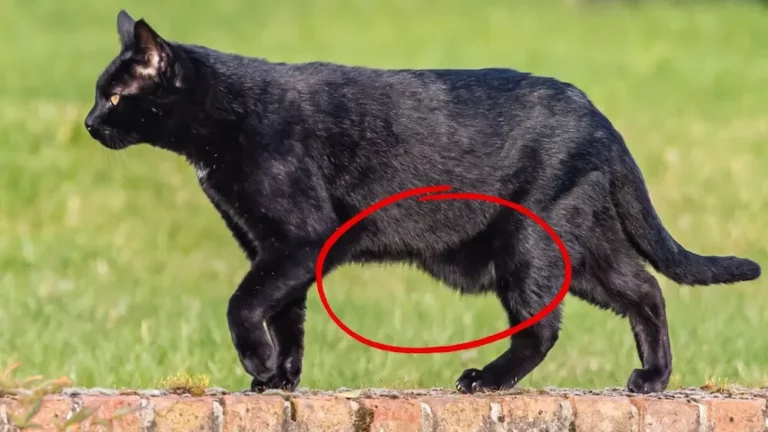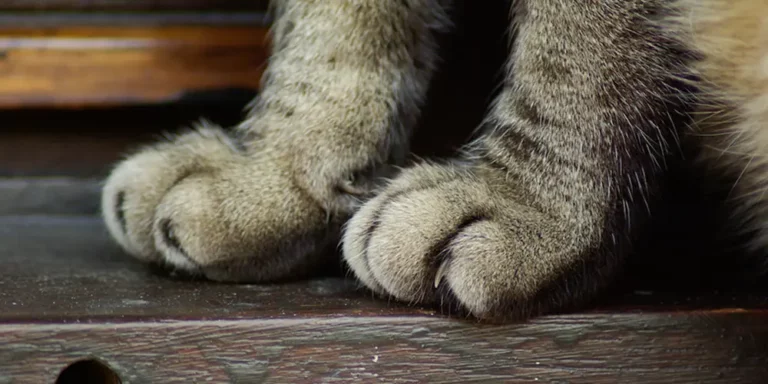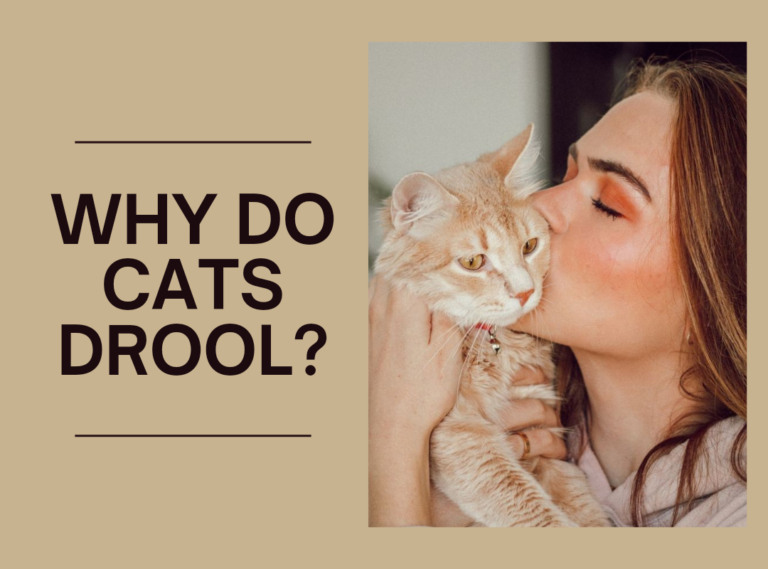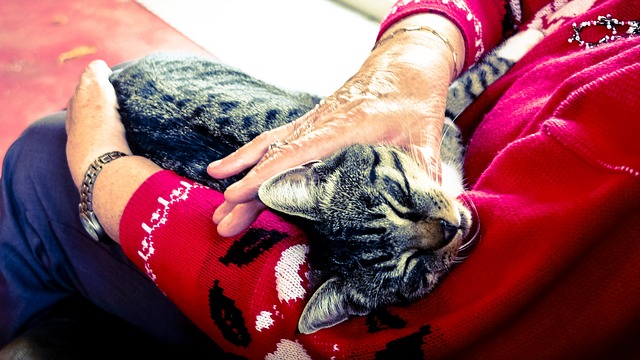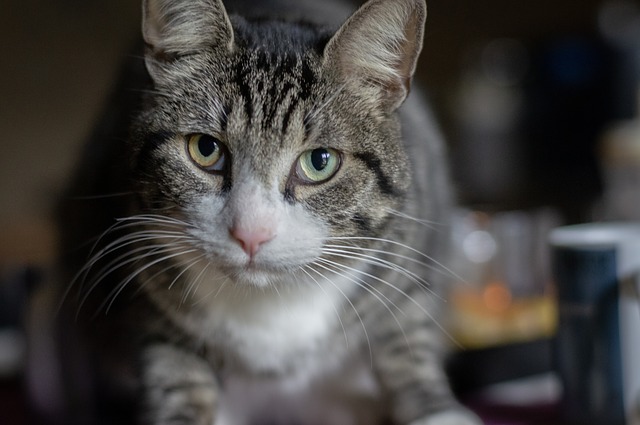Hyperthyroidism in Cats – Symptoms, Treatment & Prognosis
Both in people and in animals, hyperthyroidism can be a rather complicated disease, characterized by symptoms that make it difficult for a physician to make the difference between this condition and others. In today’s article, I’ve decided to tackle hyperthyroidism as it is a more or less common disease in our feline friends.
I’m going to discuss the clinical signs, diagnosis, how it can be treated, and what the prognosis is if your
What is hyperthyroidism in cats?
The thyroid gland is in charge of producing thyroid hormones (T3 and T4). Hyperthyroidism is what happens when the thyroid gland becomes enlarged and ends up over-producing these hormones. By contrast, hypothyroidism is characterized by an inability of the gland to produce enough hormones.
There are cases where hyperthyroidism can be caused by malignant tumors (adenocarcinomas of the thyroid gland), but fortunately, they are quite rare. The exact cause of feline hyperthyroidism remains unknown, but many vets assume that it is caused by a deficiency or an excess in some compounds in the
Cats can also be exposed to some thyroid-disrupting chemicals that can be found in their environment or in their food.Â
Senior cats are at a higher risk of developing the disease compared to other age groups. 95% of the cats that are diagnosed with the condition are 10 years or even older.Â
Since thyroid hormones effectively regulate the body’s metabolism, digestive function, and heart rate, when the level of the hormones becomes too high, the
Clinical symptoms
The typical clinical symptoms of thyroid disorders in cats are increased hunger, a rapid weight loss, and a rapid heart rate. It’s rather normal for old cats to lose weight as they become even older, which means that making the difference between weight loss caused by old age and weight loss caused by hyperthyroidism can be challenging.
There are a few other, less common, symptoms. Some cats are known to start meowing a lot and for no apparent reason, and other experience a variety of behavioral changes.Â
When you take your
Most of the time, hypertension in cats is caused by abnormal thyroid hormone levels.Â
Fortunately, most
How is feline hyperthyroidism diagnosed?
Besides the blood chemistry panel that we have already mentioned, the vet will physically check whether the
Why is assessing kidney health so important? Well, the answer to this question is rather simple. Like any other organs, the
What treatment options are there?
There are roughly four treatment options for hyperthyroidism in cats:
- Medication
- Surgery
- Radioactive iodine therapy
- Changes in the
cat ’s diet
Medication
Antithyroid drugs are effectively capable of reducing hormone production. What you might not know is that hyperthyroidism isn’t a disease that can be cured forever – it can be merely managed. The medications, therefore, allow for short or long-term support and control of the medical condition.
Medication (such as methimazole) has a series of advantages, but some cats can experience side effects, as well. Some of the adverse reactions include vomiting, fever, anorexia, anemia, or lethargy.Â
Lifelong treatment typically involves the administration of two doses of medication per day. The dosage can be more or less difficult to maintain, especially if the
If your
No matter the type of medication that your vet and you might end up choosing, also depending on whether your
Surgery
An operation can be performed and it involves the removal of the thyroid gland. While the surgical procedure does have a good success rate, the issue is that most cats that have hyperthyroidism are old or very old, and giving them anesthesia has certain risks.Â
One of the most important risks of the procedure is causing accidental damage to the
Given its risks, surgical treatment is rarely chosen as the elective type of therapy for cats with hyperthyroidism. Less invasive options such as giving your feline friend medication, changing her diet, or using radioactive therapy are better choices and have fewer risks.Â
Radioactive treatment
This is a method that’s rarely utilized. Administering the radioactive agent is done in specialty clinics only. Radioactive iodine is given to the
The most significant advantage of this therapy is that most cats have normal thyroid hormone levels within one to two weeks after the treatment was initiated. The reason this treatment option is done in specialized facilities is that the
As such, the
Changes in the cat ’s diet
Dietary therapy consists of reducing or eliminating the amount of iodine in the
Prognosis
Prognosis for cats that have hyperthyroidism is generally good, especially if the condition is diagnosed and treated in its early stages. Hyperthyroid cats can live normal and healthy lives if the disease is managed properly.Â
Unfortunately, there are no preventive measures that you can use to make sure that your
Since early detection is very important, make sure you keep an eye on your feline companion, especially if he/she is older. Look for the typical symptoms such as weight loss, increased appetite, water consumption, and urination, a spike in activity or restlessness or cranky behavior.
Cats with hyperthyroidism can also have a poor hair coat, but it can be difficult to understand whether this is a result of old age or this disease. In any case, most hyperthyroid cats can be weak, depressed, or have difficulty breathing.Â
